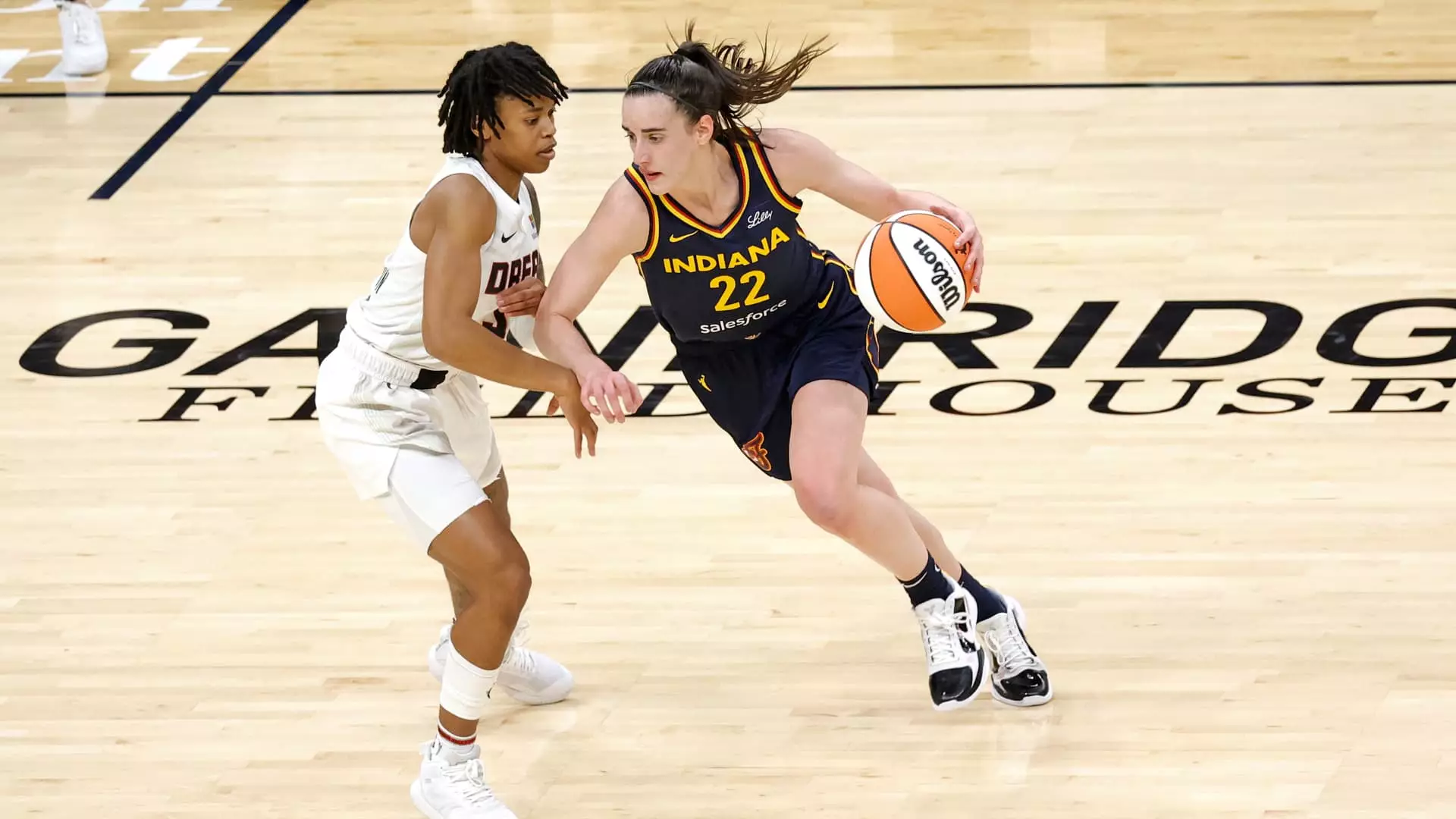The 2024 season of the Women’s National Basketball Association (WNBA) marked a transformative year, characterized by an unprecedented increase in both viewership and attendance, igniting enthusiasm among fans and stakeholders alike. Through impressive statistics, the league reported over 54 million unique viewers for the season, a remarkable achievement that sets a new record in the history of women’s professional basketball. This surge can be attributed to a combination of dynamic young stars, robust media engagement, and strategic marketing efforts that have helped the league break through longstanding barriers.
The viewership spike is not solely based on numbers; it speaks to the evolving perception of women’s sports as marketable and worthy of attention. The league’s partnerships with major broadcasting networks, including ABC, ESPN, CBS, and NBA TV, greatly amplified its visibility. Such widespread coverage is indicative of the league’s potential to attract a broader audience, thus enhancing its overall brand value.
Central to the WNBA’s soaring popularity are standout players like Caitlin Clark and Angel Reese, whose on-court performances have captured the imagination of fans and analysts alike. Their remarkable talent not only contributed to the success of their respective teams—the Indiana Fever and the Chicago Sky—but also reinvigorated interest in the WNBA as a whole. Clark’s electrifying style of play and Reese’s dominant presence have made them household names, encouraging fans to attend games and engage with the league both online and offline.
A statistical deep dive reveals the Fever experienced an astonishing quadrupling in attendance figures, firmly positioning Clark as a linchpin in the team’s marketing strategy. Such noteworthy attendance boosts illustrate how player personas can significantly increase fan engagement and highlight the need for strategic player branding in professional sports.
The 2024 season was not merely a numerical success; it also demonstrated a seismic shift in how women’s basketball is received. A staggering 154 sellout games were recorded, a significant increase from just 45 sellouts the previous year. This growth represents not only heightened interest in the games but also reflects the broader cultural shift toward supporting women’s sports.
As fans flocked to arenas, merchandise sales followed suit, showcasing a comprehensive embracing of the league. This growth in merchandise and social media engagement—nearly 2 billion video views—deserves particular attention. The numbers show that fans are not only watching but actively engaging with the content, which is vital for sustaining the momentum in viewership and sales. The WNBA is quickly becoming a case study in the potential profitability of women’s sports.
Strategic Expansion and Media Rights Negotiations
In light of the flourishing interest surrounding these elite women athletes, the WNBA is poised for further expansion. The recent announcement of adding a 15th franchise in Portland for the 2026 season aligns with the league’s trajectory of growth and ambition to diversify its market reach. The need for expansion points to the staggering potential growth within the women’s sports arena, offering ample opportunities for investors and sponsors.
Moreover, a landmark media rights deal valued at $2.2 billion underscores the financial viability of the league. This contract not only facilitates substantial visibility for the WNBA but also reinforces the league’s position as a mainstream sport worthy of investment. Negotiated within the broader landscape of the NBA’s $77 billion deal, the agreement is a reflection of the WNBA’s escalating relevance in the sports world.
While the WNBA is enjoying unprecedented acclaim, it’s essential to address the challenges that accompany heightened visibility. Reports of online harassment and racism have become increasingly common among players, overshadowing the joy brought by the season’s achievements. Commissioner Cathy Engelbert’s comments on this issue have drawn criticism, highlighting the complex dynamics women athletes navigate within a rapidly evolving landscape.
The juxtaposition of impressive viewership growth with serious social issues suggests that while the league experiences an upward trajectory, systemic problems persist. The WNBA must continue to advocate for its players’ safety and well-being as a priority in its mission to empower women in sports.
The 2024 WNBA season represents a watershed moment, blending incredible talent with robust marketing strategies to forge a new path. As the league looks to the future, balancing the opportunities with ongoing social challenges will be crucial to sustaining its momentum. The WNBA’s narrative is no longer just about the game itself; it’s about how the sport inspires futures, captivates fans, and challenges societal norms.

